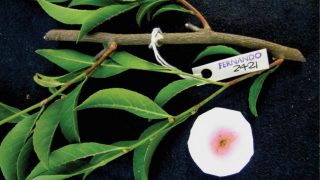
MI weekly selection #76
Humanities & Social Sciences • Science • Technology • Weekly Selection
Study of extinct elephant bird leads researchers to surprising conclusion DNA studies of the massive, extinct elephant bird of Madagascar show that its closest modern relative is New Zealand’s tiny kiwi, rather than the ostrich, which it more closely resembles, leading researchers to speculate about how the flightless birds migrated, according to a study published […]








